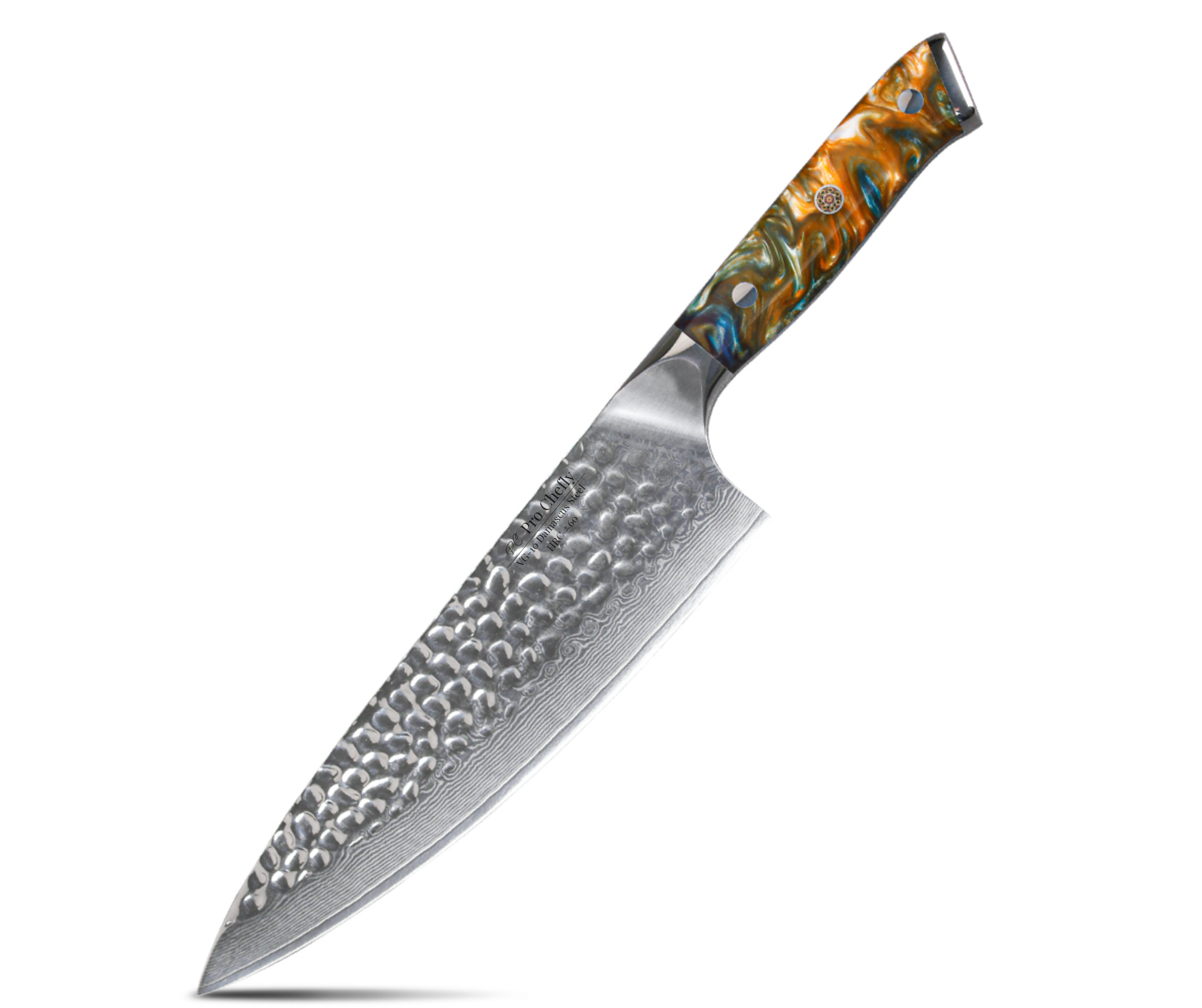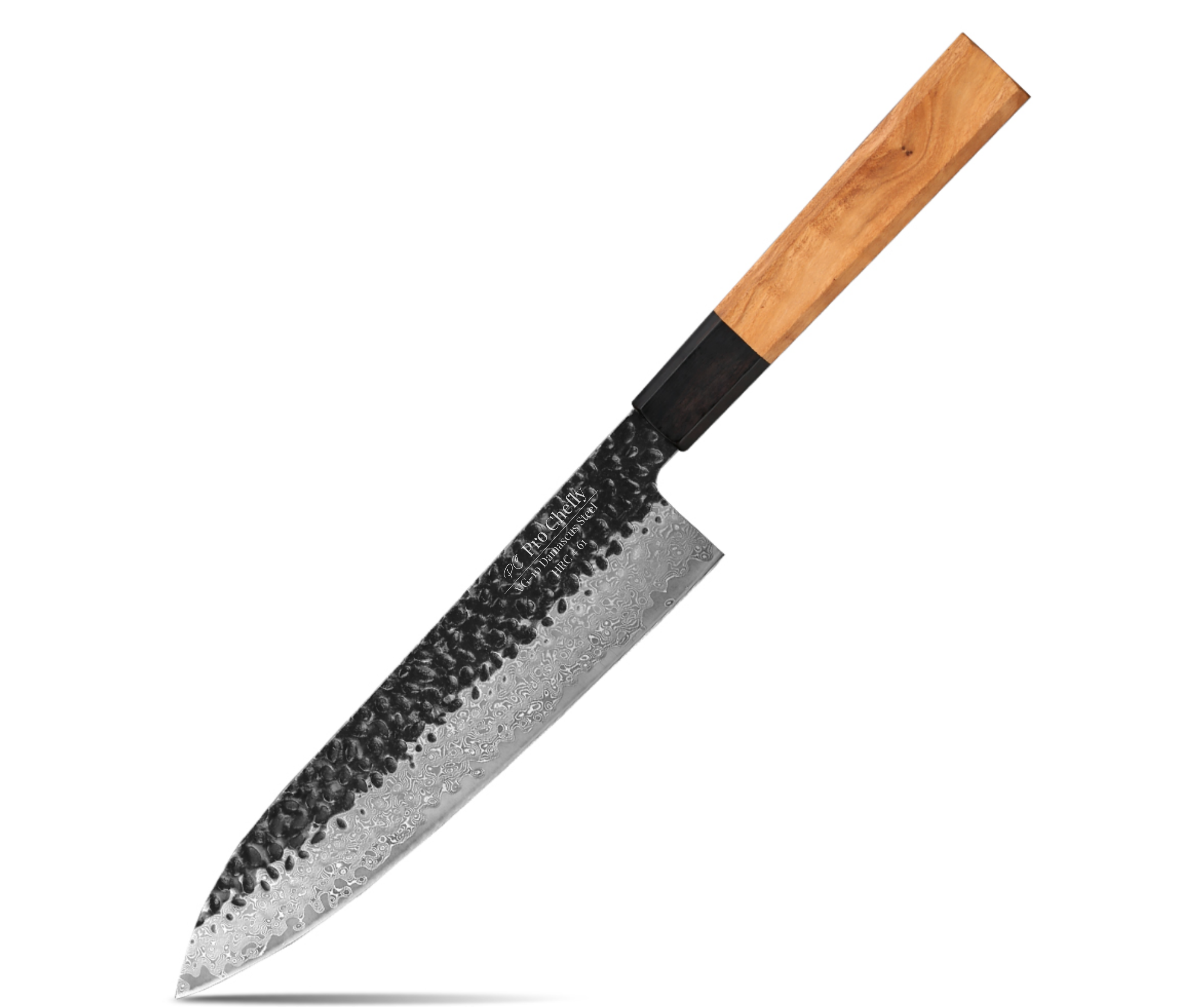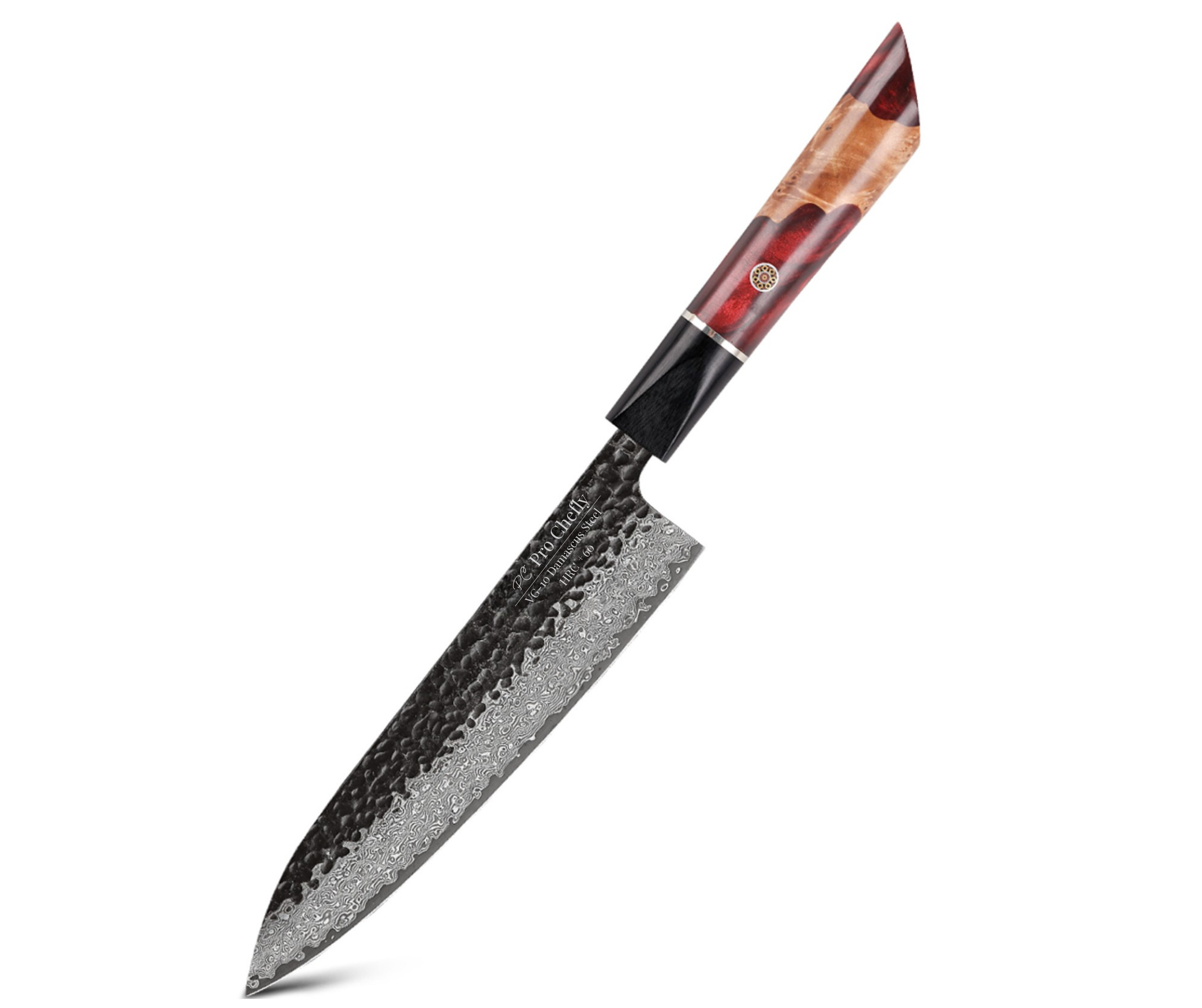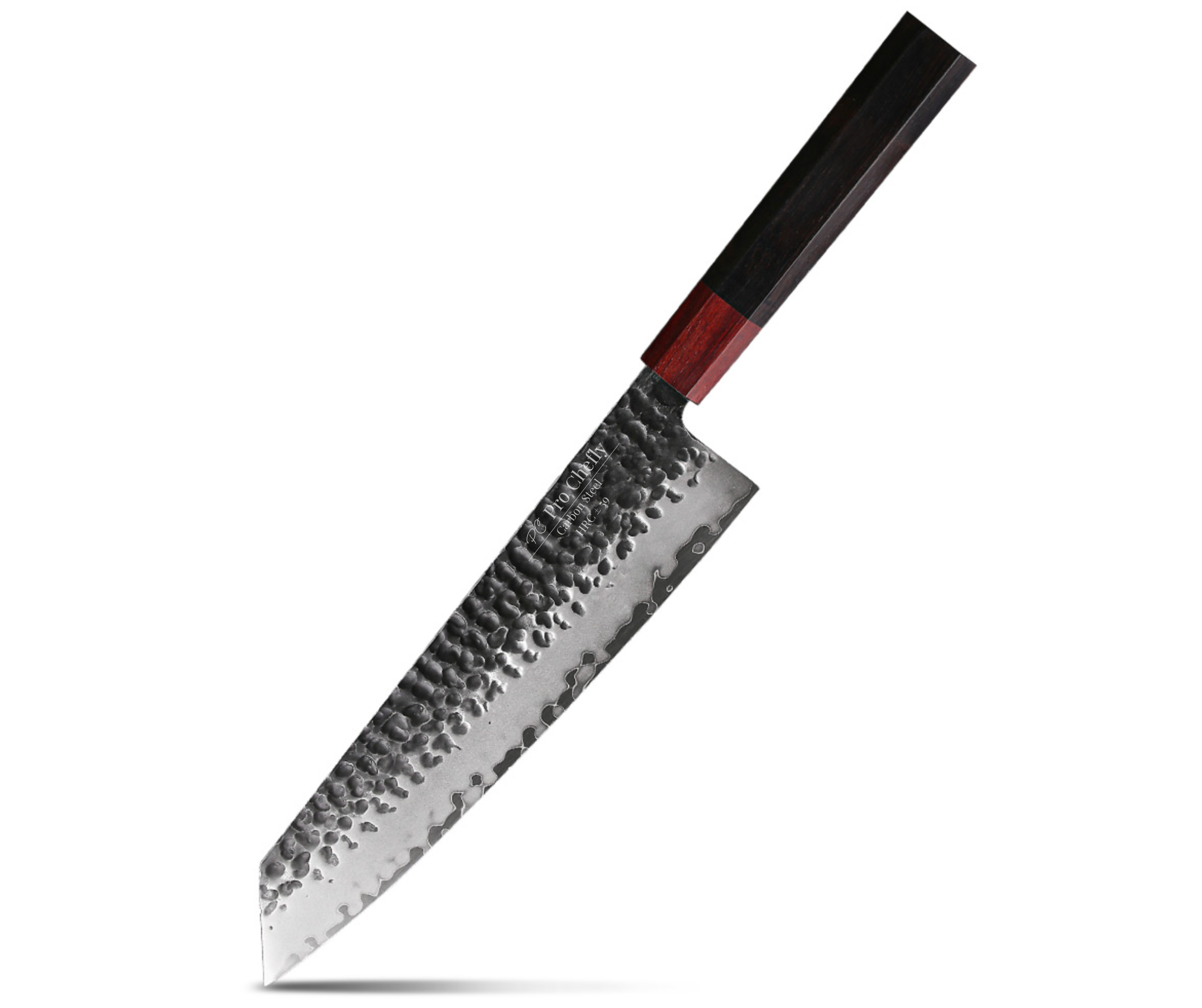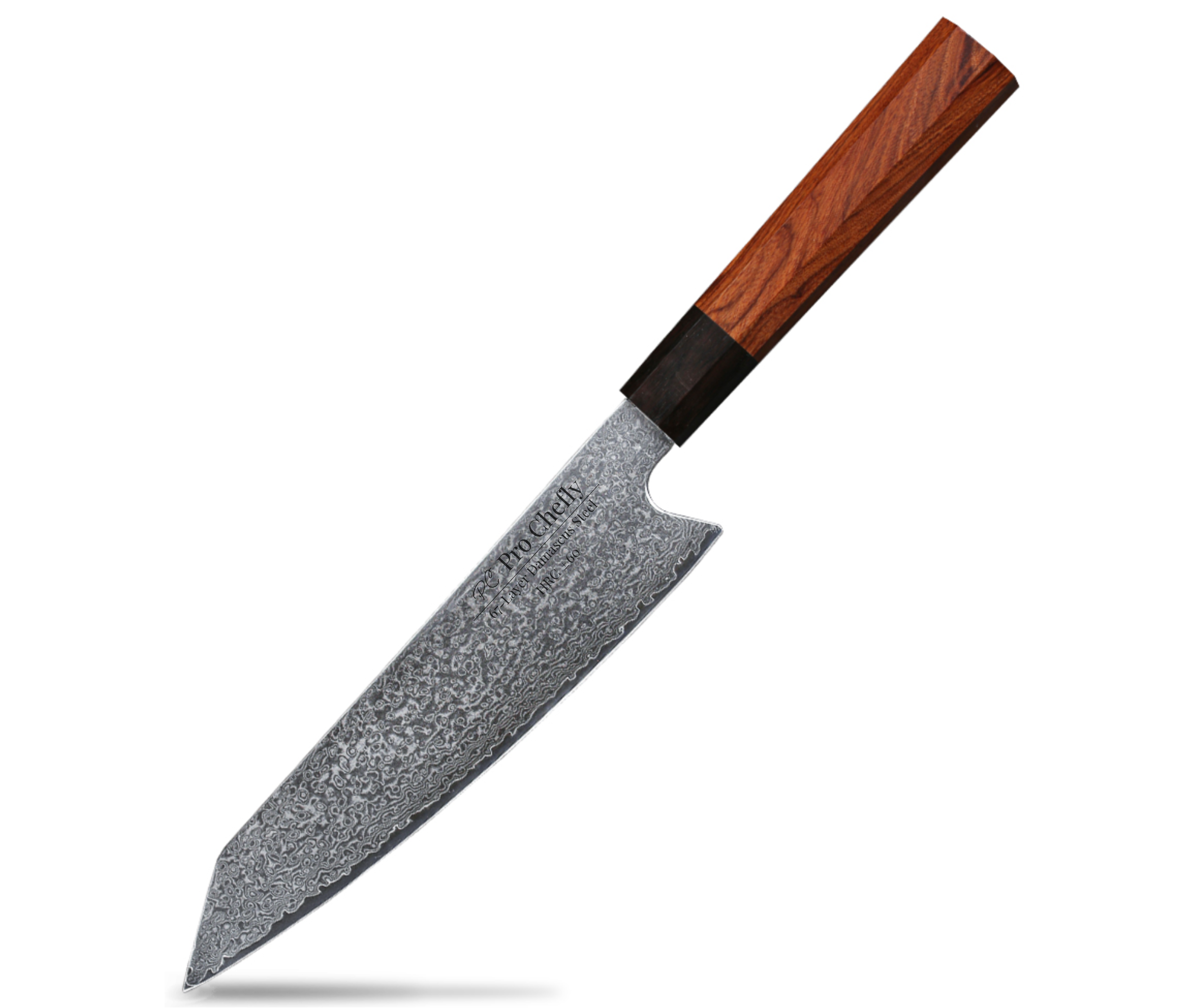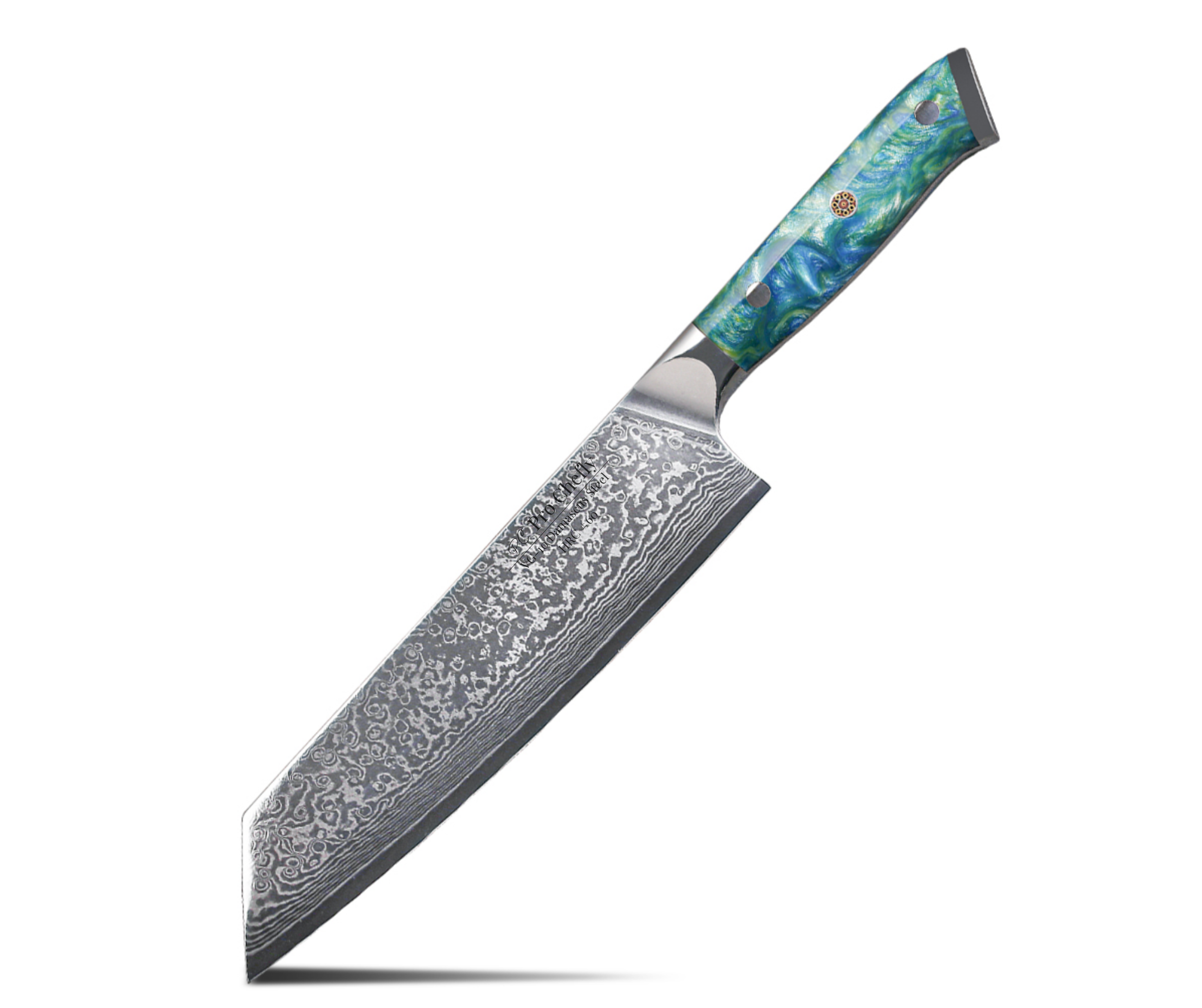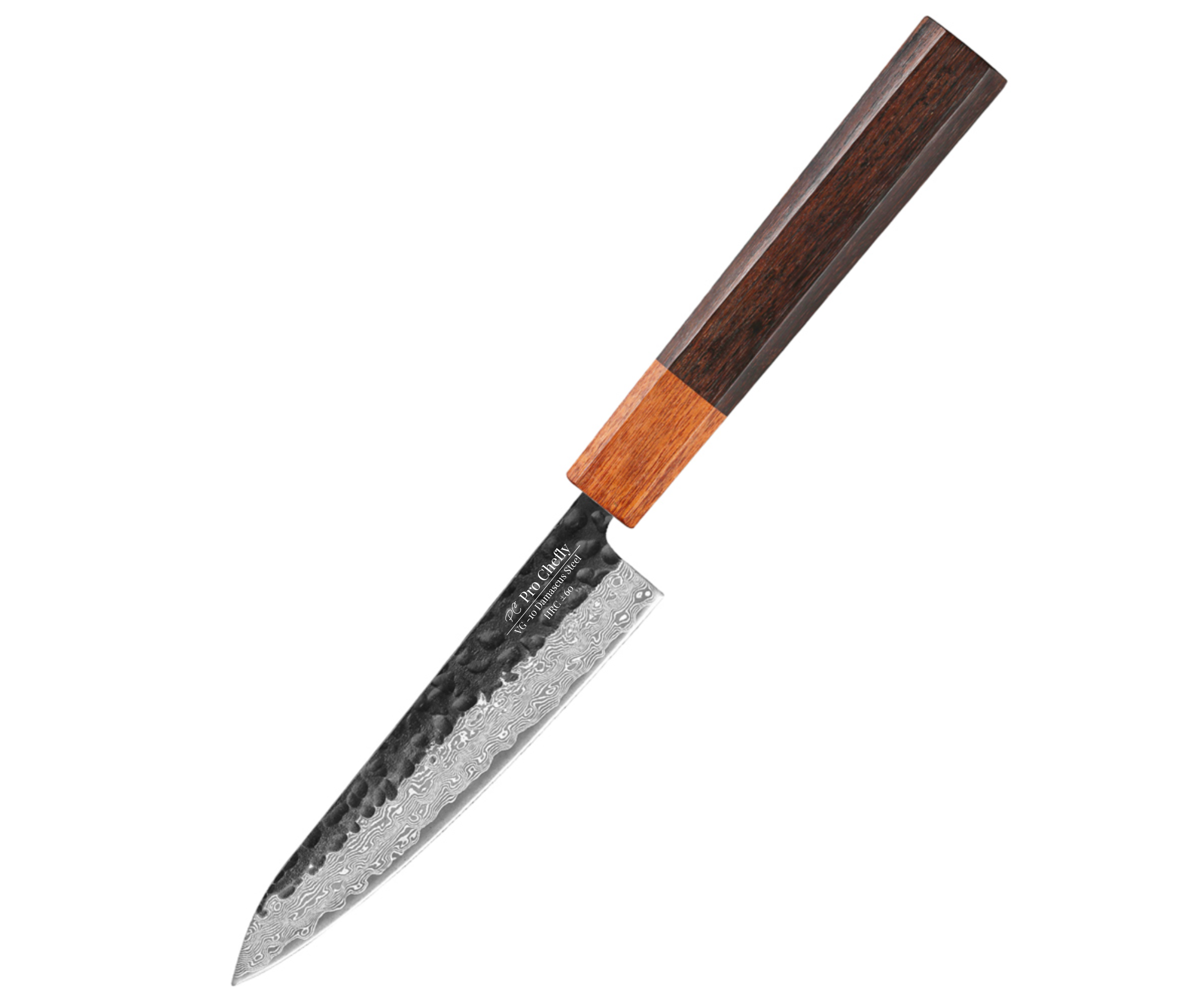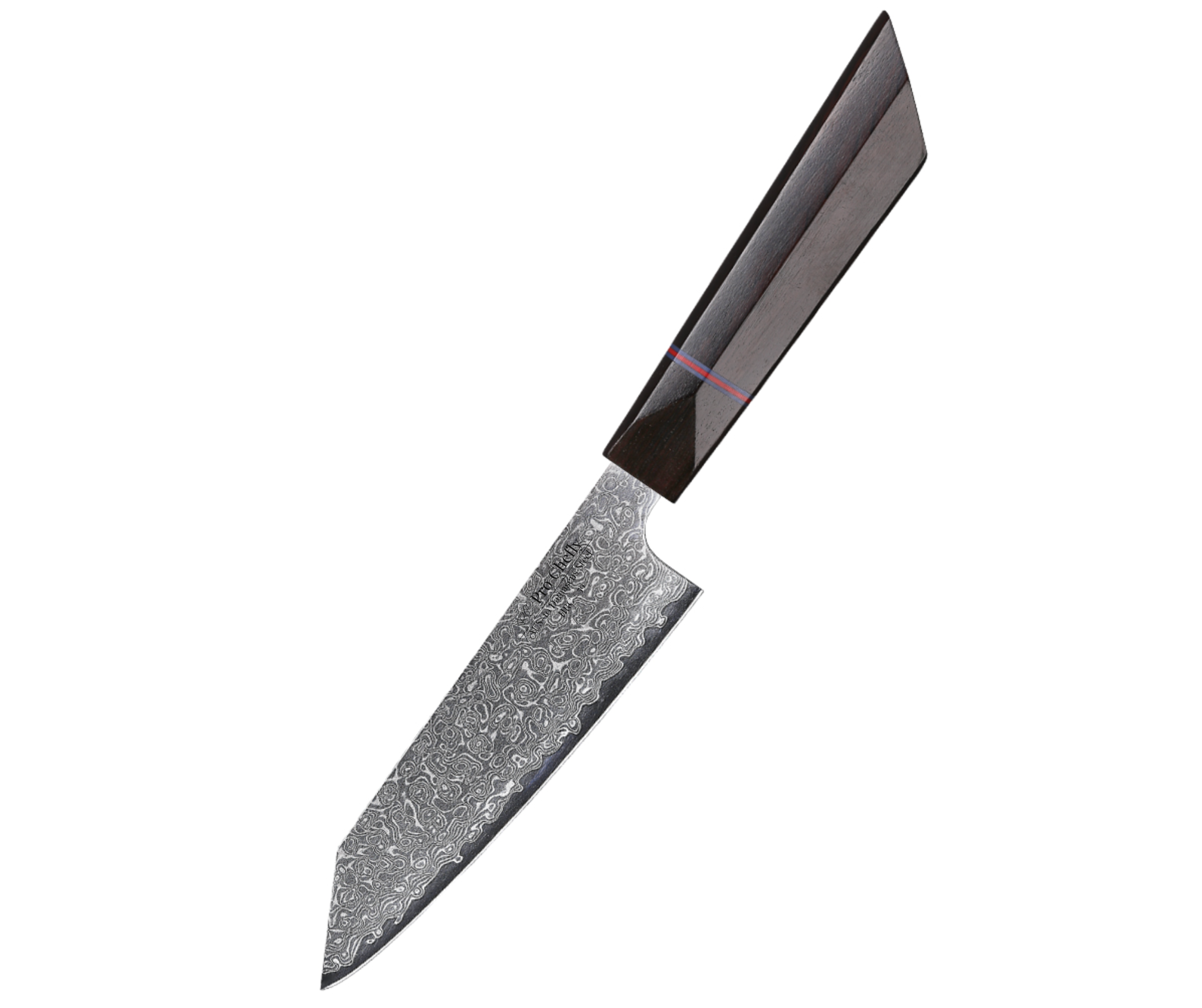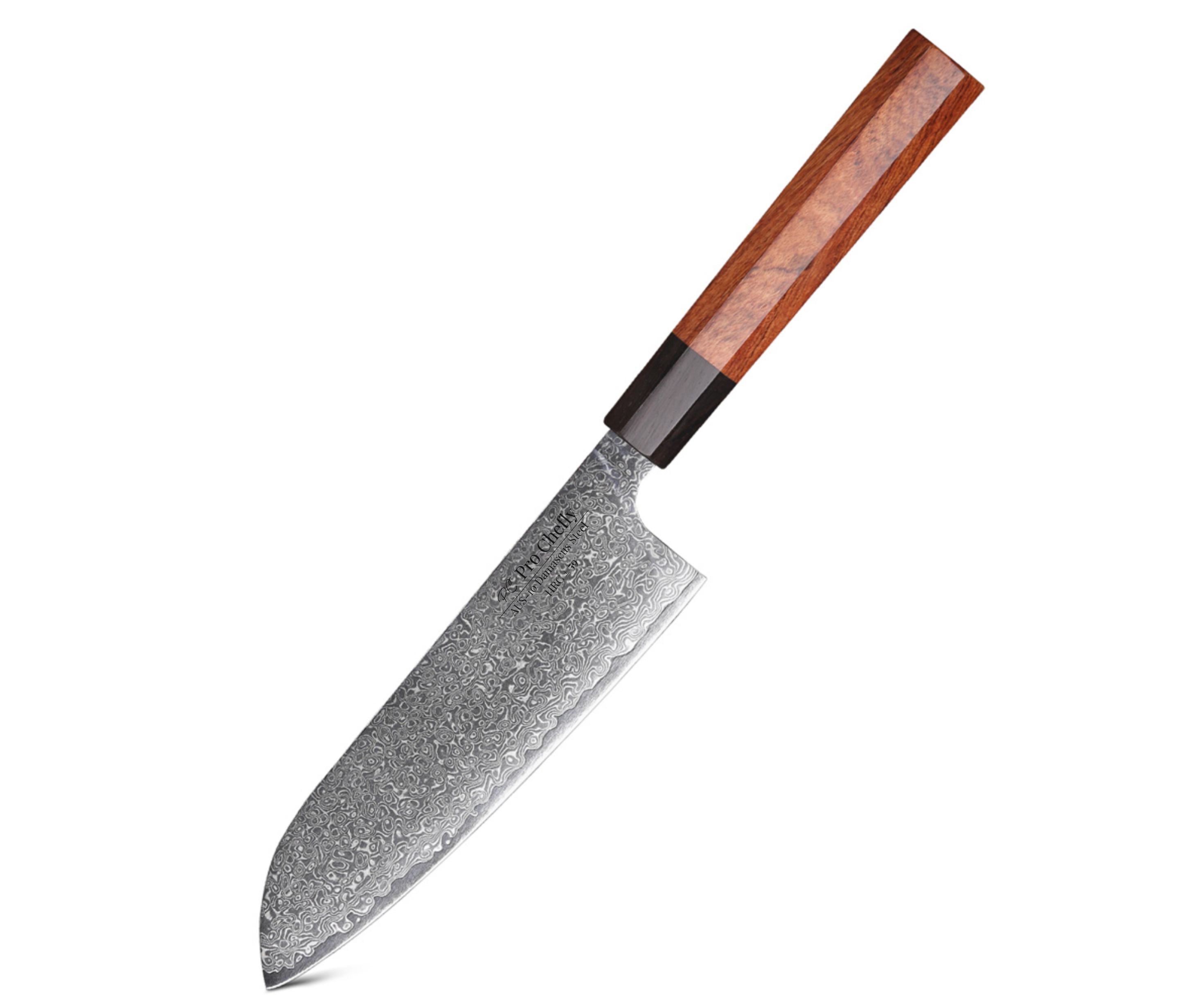Santoku Knives for Everyday Cooking – Are They Right for Fall Recipes?
- October 19, 2025
Chef’s Overview
Dear Chefs, fall brings out the best kind of chaos in the kitchen—pots simmering, herbs sizzling, and counters covered in chopped squash and apples. When your prep list feels endless, the right knife becomes your secret weapon. Enter the Santoku: Japan’s all-purpose blade designed for balance, speed, and comfort. But is it truly the right knife for your fall recipes? Let’s carve into what makes the Santoku shine in everyday cooking this season.

What Makes a Santoku Knife Unique
The Santoku—translated as “three virtues”—represents slicing, dicing, and mincing. It’s a kitchen multitasker with a shorter, lighter blade and a straighter edge that glides cleanly through ingredients. As discussed in Santoku Knives Explained – When to Use Them for Autumn Harvest Cooking, its design emphasizes precision without requiring force—ideal for the softer, seasonal produce that fills our kitchens this time of year.
The Design Philosophy
Unlike Western Chef Knives, which rely on rocking motions, the Santoku favors straight, downward cuts. The flatter blade means more contact with your board, giving you consistent, paper-thin slices and perfect uniformity. That’s why it’s the knife of choice for chefs who crave both accuracy and speed in meal prep.
Why the Santoku Excels in Fall Cooking
Precision with Produce
From butternut squash to apples and pears, fall cooking often demands delicate knife work. The 7" VG-10 Damascus Santoku Knife cuts through dense squash or sweet potatoes effortlessly, maintaining sharpness and balance throughout long prep sessions. Its layered Damascus steel not only enhances durability but also helps food release cleanly from the blade.
Perfect for Herbs and Aromatics
Need to chop sage, rosemary, or garlic for a roast? The Santoku’s thinner spine and sharper edge make quick work of aromatics. For smaller tasks, reach for the 5" VG-10 Damascus Petty Knife—perfect for mincing herbs and detail work.
Gentle on Soft Ingredients
When prepping delicate ingredients like mushrooms, tomatoes, or roasted pumpkin, the Santoku’s razor-thin edge ensures clean cuts without crushing the flesh. The 7" AUS-10 Damascus Santoku Knife delivers the same finesse but with a touch more flexibility—ideal for chefs who prefer a lighter hand.
Comparing Santoku Knives to Chef Knives for Everyday Use
As explored in Gyuto vs Chef Knife – Which Should Be Your First Investment for Holiday Feasts, Western-style Chef Knives bring weight and force, while the Santoku offers control and grace. Think of the Chef Knife as your powerhouse and the Santoku as your artist’s brush—both essential, but each with its own specialty.
Where the Santoku Stands Out
-
Consistent slices for even cooking
-
Reduced hand fatigue with lighter construction
-
Ideal for precise vegetable prep and garnishes
-
Great all-rounder for home chefs who value speed and accuracy
Where the Chef Knife Still Wins
-
Breaking down large cuts of meat
-
Handling thick, fibrous vegetables
-
Rock chopping or tasks needing more pressure
Pro Chefly Picks for Everyday Efficiency
At Pro Chefly, we designed our Santoku lineup for chefs who value craftsmanship and control. Whether you choose the 7" VG-10 Damascus Santoku Knife for ultimate sharpness or the 7" AUS-10 Damascus Santoku Knife for added flexibility, each blade delivers impeccable balance and precision for everyday cooking. Pair your Santoku with the 8" VG-10 Damascus Chef Knife for those moments when more muscle is needed.
The Final Cut – Fall’s Most Versatile Blade
Dear Chefs, fall cooking is all about comfort, color, and creativity—and the Santoku helps you master all three. Whether you’re dicing root vegetables for soup or slicing apples for a tart, this knife’s balance and edge retention make every prep session feel effortless. So yes, the Santoku isn’t just right for fall—it’s right for every day of the season.
Knife Collections
Shop the latest in Pro Chefly Damascus Knives
- Chef
- Kiritsuke
- Petty
- Santoku
Chef's Notes
Stay up to date with the latest kitchen stories and recipes

- December 05, 2025
- Alexandra Martinez
Dear Chefs, the holidays deserve a dish that feels slow, soulful, and unforgettable — and few things capture that spirit...

- November 20, 2025
- Alexandra Martinez
Dear Chefs, there is something magical about fall stuffing, especially when pumpkin and sage join the party. The aroma alone...

- November 30, 2025
- Alexandra Martinez
Dear Chefs, there is something unmistakably comforting about bread pudding in November — the way the custard soaks into the...

- November 15, 2025
- Alexandra Martinez
Dear Chefs, November has a rhythm of its own — a slower pace, a softer light, and a craving for...

- November 25, 2025
- Alexandra Martinez
Dear Chefs, there is something special about roasted carrots in the fall — the way they caramelize, the way their...

- October 31, 2025
- Christian Simmons
Dear Chefs, fall baking is a ritual — the scent of cinnamon in the air, pecans roasting low and slow,...

- December 05, 2025
- Alexandra Martinez
Dear Chefs, the holidays deserve a dish that feels slow, soulful, and unforgettable — and few things capture that spirit...

- November 30, 2025
- Alexandra Martinez
Dear Chefs, there is something unmistakably comforting about bread pudding in November — the way the custard soaks into the...

- November 25, 2025
- Alexandra Martinez
Dear Chefs, there is something special about roasted carrots in the fall — the way they caramelize, the way their...

- November 20, 2025
- Alexandra Martinez
Dear Chefs, there is something magical about fall stuffing, especially when pumpkin and sage join the party. The aroma alone...

- November 15, 2025
- Alexandra Martinez
Dear Chefs, November has a rhythm of its own — a slower pace, a softer light, and a craving for...

- October 31, 2025
- Christian Simmons
Dear Chefs, fall baking is a ritual — the scent of cinnamon in the air, pecans roasting low and slow,...
- Choosing a selection results in a full page refresh.
- Opens in a new window.
